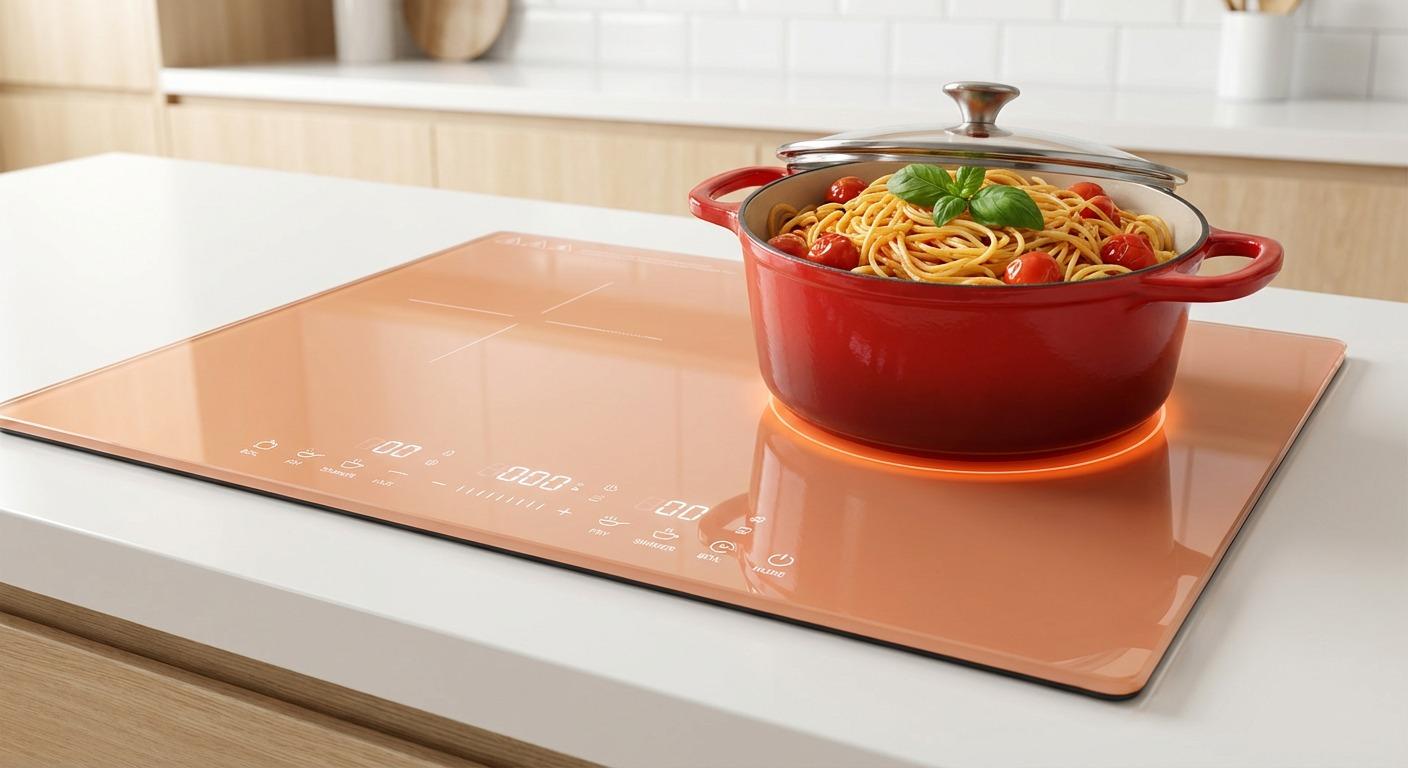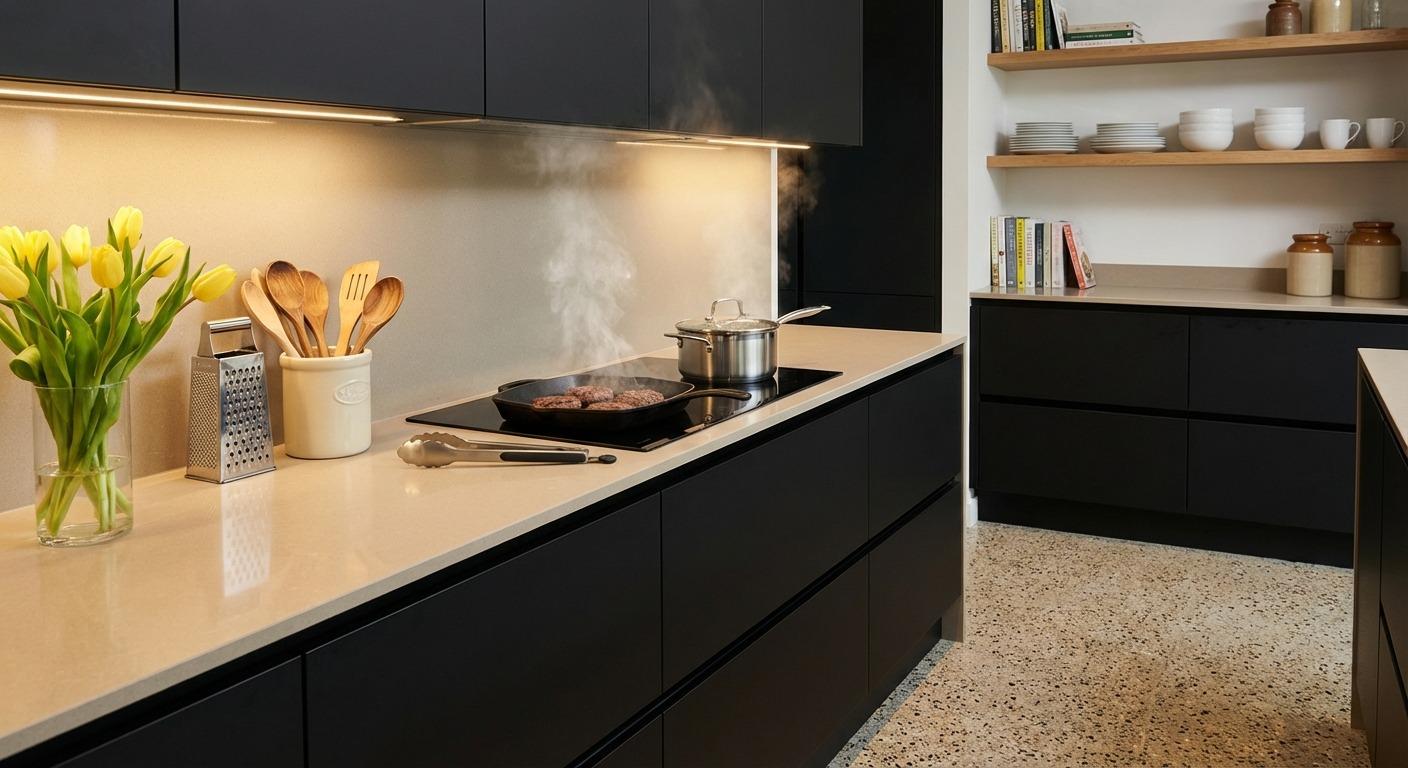A boiler is the heart of a home's heating system, providing essential warmth and hot water. When it falters, the culprit is often a single, crucial component: the boiler heater element. Understanding how this part works, recognizing signs of failure, and knowing how to select a quality replacement are essential skills for maintaining an efficient and reliable heating system. This guide will walk you through the key aspects of diagnosing issues and choosing the right element to restore your boiler's performance.
Understanding the Role of the Electric Boiler Heating Element
The electric boiler heating element is a simple yet powerful device responsible for converting electrical energy into thermal energy. Submerged directly in the boiler's water tank, this component functions much like the element in an electric kettle. When electricity passes through it, the resistive material inside heats up, transferring that heat directly to the surrounding water. High-quality elements are typically crafted from robust materials like stainless steel, which offers excellent durability and resistance to corrosion and limescale buildup. This ensures not only a long service life but also consistent, efficient performance, which is vital for keeping your energy bills in check.
Signs You Need a Replacement Boiler Heater
Recognizing a failing heating element early can save you from a complete loss of hot water. One of the most common signs is having lukewarm water or no hot water at all, even when the boiler appears to be running. Another indicator is your circuit breaker frequently tripping when the boiler kicks on, which can suggest a short in the element. You might also hear unusual noises from the tank, such as popping or hissing, often caused by a layer of mineral scale on the element causing the water around it to boil too aggressively. If you notice any of these symptoms, it is highly likely that you need a replacement boiler heater.
How to Choose the Best Boiler Heater Elements
Selecting the right replacement part is critical for safety and performance. When searching for the best boiler heater elements, compatibility should be your first priority. Ensure the new element has the same voltage, wattage, and physical fittings as the original. Opting for a high-quality material like stainless steel will provide better longevity. Furthermore, always look for products that meet rigorous safety and quality standards. Components certified by bodies like VDE, TUV, UL, and CE offer peace of mind, as they have been independently tested for reliability. Reputable manufacturers often adhere to strict management systems like ISO 9001, guaranteeing a commitment to quality in every heating element for boiler they produce.
A Guide to Replacing the Heating Element for Boiler
While replacing a boiler element can be a straightforward task, it involves working with both water and electricity, so safety is paramount. If you are not comfortable with this type of work, it is always best to hire a qualified professional. Before you begin, shut off all power to the boiler at the main circuit breaker. Next, turn off the water supply and drain the boiler tank until the water level is below the element's housing. Carefully disconnect the electrical wires from the old element, taking a picture first to remember their positions. Using a special element spanner or wrench, unscrew and remove the old unit. Install the new heating element for boiler, ensuring the gasket creates a watertight seal. Reconnect the wires, refill the tank, and check thoroughly for any leaks before restoring power. Once powered on, your boiler should resume normal, efficient operation.






